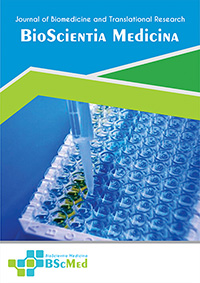Main Article Content
Abstract
Background: Constrictive pericarditis is a serious condition that can lead to heart failure. It is characterized by a thickened and scarred pericardium, which restricts the heart's ability to fill and pump blood effectively. The condition is often caused by infections, such as tuberculosis, but can also be caused by other factors, such as radiation therapy, heart surgery, or autoimmune diseases. A pericardiectomy, a surgical procedure to remove the thickened pericardium, is the definitive treatment for constrictive pericarditis.
Case presentation: This case report describes a 57-year-old male patient with constrictive pericarditis and multiple comorbidities, including recent tuberculosis, pleural effusion, ascites, and cholelithiasis. The patient presented with symptoms of shortness of breath, swollen legs, and a swollen stomach. After a thorough evaluation, including imaging studies, the diagnosis of constrictive pericarditis was confirmed. The patient underwent a sternotomy and pericardiectomy procedure, which was successful in relieving his symptoms and improving his cardiac function.
Conclusion: This case report highlights the successful management of constrictive pericarditis in a patient with multiple comorbidities. The case also emphasizes the importance of early diagnosis and timely intervention in patients with constrictive pericarditis.
Keywords
Article Details
As our aim is to disseminate original research article, hence the publishing right is a necessary one. The publishing right is needed in order to reach the agreement between the author and publisher. As the journal is fully open access, the authors will sign an exclusive license agreement.
The authors have the right to:
- Share their article in the same ways permitted to third parties under the relevant user license.
- Retain copyright, patent, trademark and other intellectual property rights including research data.
- Proper attribution and credit for the published work.
For the open access article, the publisher is granted to the following right.
- The non-exclusive right to publish the article and grant right to others.
- For the published article, the publisher applied for the Creative Commons Attribution-NonCommercial-ShareAlike 4.0 International License.





